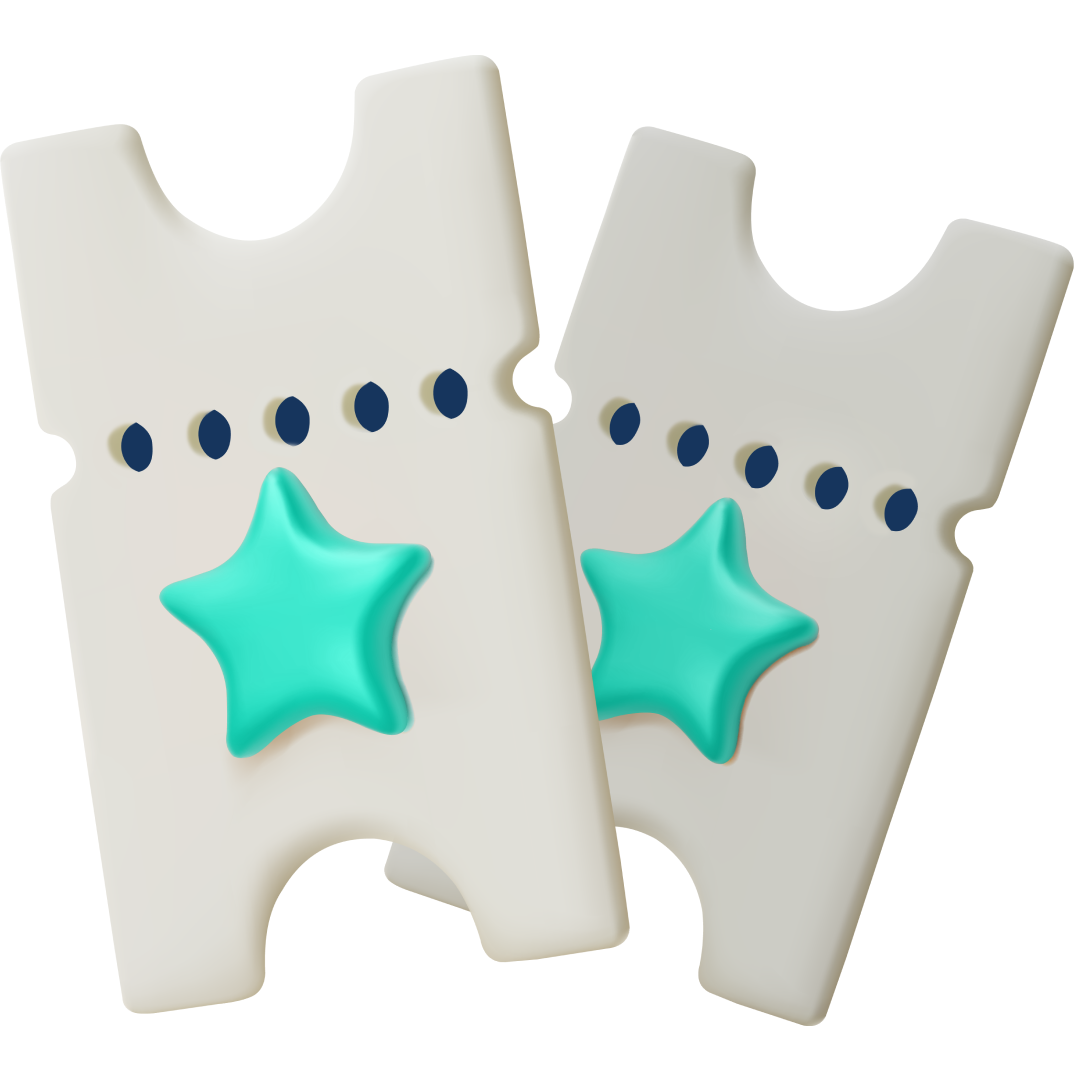The metric system has been established in the Czech lands since 1876. Metric units are used for all types of measurement. Distances are given in kilometers, weights in kilograms and grams, temperatures in Celsius, volume in liters, and so on. Even eggs are sold in boxes of ten instead of a dozen.
How well and how willing a Czech person converts from metric to imperial will vary. I’ve encountered people who are unsure and I’ve encountered people who will automatically convert because I’m an English speaker (actually, I grew up using metric.) If adopting the metric system is really too much for you, there are plenty of conversion tables online.
Weight for Food
Open up most menus and what you’ll notice beside the price is the weight of the meal you’ve ordered, almost always given in grams. This will be the total weight of the serving including the bones, which is why a typical serving of ribs can weigh up to 800 grams.
Recipes in Czech cookbooks and food magazines will usually use the metric system, too, instead of cups. The only exception is that tablespoon (lžíce) is used and is equal to about 15ml or 15 gm.
Czechs don’t stop at the usual multiples and divisions for units. Apart from milligrams, grams and kilograms, which are standard in the metric using world, there´s also decagrams for cold meats and cheese. When ordering these items, you usually do so by asking for the number of decagrams. For example 200 grams of salami is 20 deca. You can use grams, of course, but deca is more common.
To make it a little more confusing, sometimes the price given is neither in kilograms or decagrams but per 100 grams or 10 decagrams. This occurs when the price per kilo is especially high, e.g. when berries are out of season.
Drinks
The liter is, as expected, used as the main unit for most liquids from milk to petrol. Even servings of beer are metric, a large is a half-liter and a small is 300 ml. This probably doesn’t matter to most people except Australians who are used to a bewildering array of beer glass measurements. (See bottom of link.) Incidentally, the measurement for the large is also the term for the glass: půllitr. The small glass is referred to as a třetinka, though most people just call it a small (malý). There is also a one liter glass called tuplák. Most pubs don’t serve it.
When it comes to other drinks, another unit is used here which is not so common in the English-speaking world. Wines and soft drinks are often served by the deciliter, i.e. one-tenth of a liter, and a standard glass of wine is two deciliters or two deci. Soft drinks, if they are served straight into the glass, are served by the deciliter but ordering them is by the whole number. For example, three deci of cola would be kola do trojky: cola into three.
Spirits are ordered by the glass called panák. This glass comes in the large (50mL) and small (20mL).
Clothes and Shoe Sizes
Comparing clothes and shoe sizes is a minefield and one I’m not brave enough to wander into. There is a European standard but then some European countries like France and Italy have other standards for women’s clothes. So rather than offer an inaccurate comparison, I would suggest that you check out this website. Yes, it’s in Czech, but there are pictures for the items and you just need to compare the size (velikost) with the measurement, which is given in metric. The table for shoes offers a more direct comparison with UK and US sizes.
Exceptions
If you really struggle with the metric system, don’t worry. Monitor and TV sizes are often given in inches – yes, even for the Czechs. An inch is palec – which also means thumb and big toe.
So how have you measured up?
***
Other Dos and Don’ts in the Czech Republic:
– Introductions
– Public Behavior












 Reading time: 3 minutes
Reading time: 3 minutes 

















